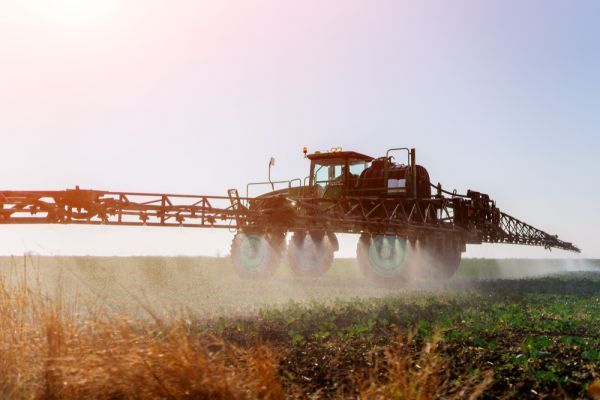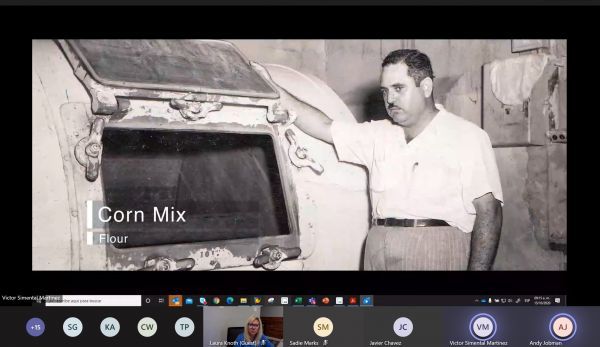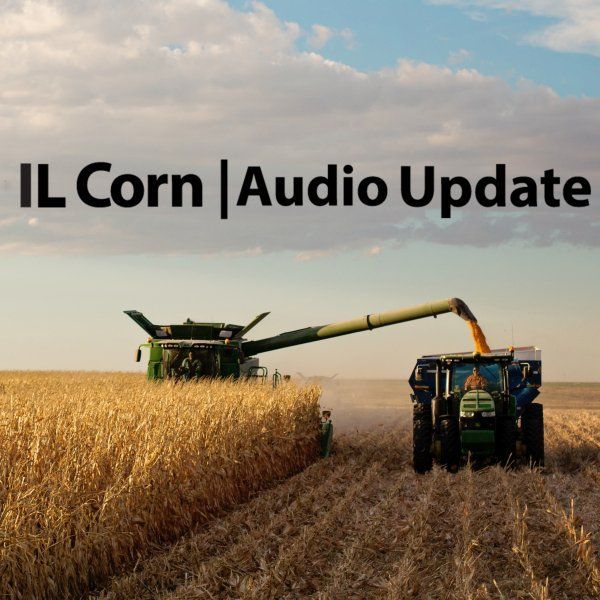Featured Article

October 28, 2020
A new study released by the Agricultural Retailers Association (ARA) finds that U.S. light-duty and freight vehicle consumption of ethanol and biodiesel could decline up to 90 percent to 1.1 billion gallons and up to 61 percent to 0.8 billion gallons, respectively if a discussed ban on internal combustion engines becomes a reality. Corn and soybean consumption could decrease by up to 2.0 billion bushels and up to 470 million bushels, respectively if a ban is put into place. Additionally, corn prices are projected to fall up to 50 percent to $1.74 per bushel, while soybean prices fall up to 44 percent to $4.92 per bushel in response to a ban. In this scenario, U.S. net farm income would decrease by up to $27 billion.

October 27, 2020
Today, U.S. Environmental Protection Agency (EPA) Administrator Andrew Wheeler announced that EPA is approving registrations of three dicamba herbicide products used with dicamba-tolerant cotton and soybeans, expiring in 2025. This announcement gives farmers the certainty needed to plan for their upcoming 2021 growing season. The registrations include new control measures to ensure these products can be used effectively while protecting the environment, including non-target plants, animals, and other crops not tolerant to dicamba. EPA concluded that with the control measures now required on labels, these actions either do not affect or are not likely to adversely affect endangered or threatened species.

October 22, 2020
This week, the Illinois Corn Growers Association has reached out to each member of the Illinois Congressional delegation, asking for their support in encouraging the Army Corps of Engineers to include a new start for a construction project in their Work Plan for Fiscal Year (FY) 2021 Civil Works. The effort was initiated by Congresswoman Cheri Bustos, whose district stretches for miles along the Mississippi River. The encouragement to the Army Corps of Engineers includes an ask to build from a $4.5 million for preconstruction engineering and design (PED) of the Upper Mississippi River and Illinois Waterway System projects in the FY20 Work Plan and allow that momentum to continue.

October 19, 2020
The LaGrange Lock and Dam at Versailles, IL on the Illinois River reopened last week after a major maintenance project to rehabilitate the lock and dam during the summer of 2020. The 12 million tons of food and ag commodities that leave the state via the LaGrange Lock will resume, just in time for harvest 2020 sales. Other locks on the Illinois River including Starved Rock Lock and Dam, Marseilles Lock and Dam, and Dresden Island Lock and Dam are scheduled to reopen after major rehabilitation on October 29. Peoria Lock and Dam opened on September 30. Minonk farmer and Illinois Corn Growers Association President Bill Leigh said, “The river systems we enjoy here in Illinois on the Illinois and Mississippi Rivers are hidden gems that allow Illinois farmers to be very competitive selling our commodities out of the state. Access to a newly maintained system will be a very exciting prospect for Illinois farmers along the Illinois River.”

October 16, 2020
Illinois farmers overcame physical distance during harvest to meet online with international business leaders from Mexico and South Korea for a special virtual trade mission and farm tour. Representatives from Gruma, a global food company founded in Mexico that manufactures corn flour and tortillas, met with farmers and grain handlers to better understand white corn production, quality, and availability in Illinois. Another team of nearly 20 from South Korea represented corn and co-product buyers from the corn processing and feed industry. This group was particularly interested in learning more about the current corn crop condition, overall supply situation in Illinois, and the Mississippi River export channel.
Articles
2025
2024
2023
2022
2021
2020


